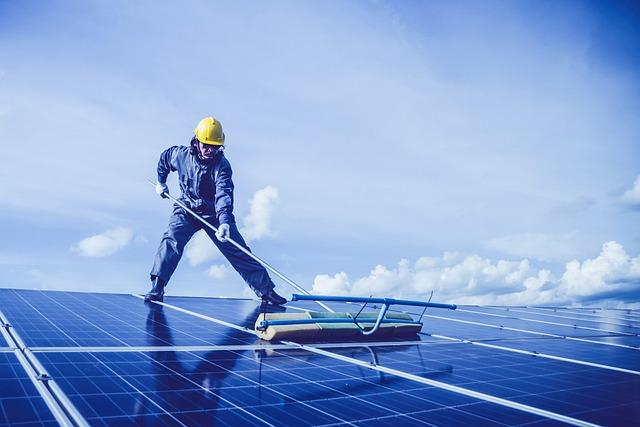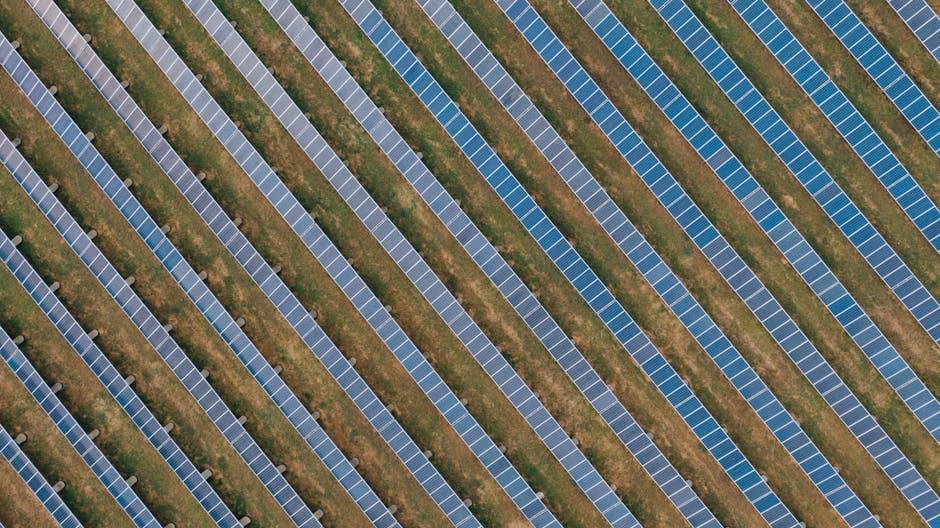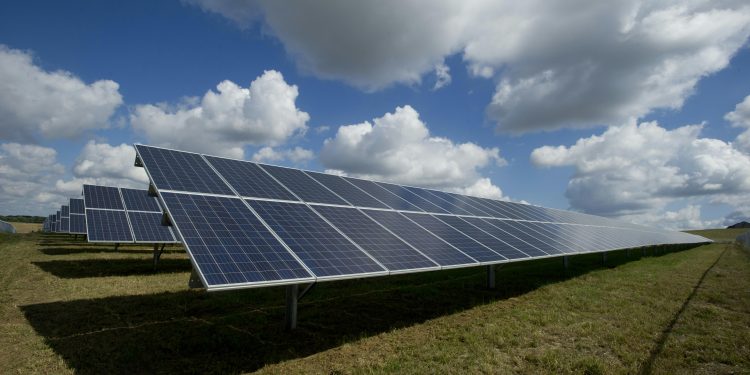In a world increasingly powered by the sun, the rooftops of homes glisten with the promise of a cleaner, more sustainable future. These modern-day sun-catchers, known as solar panels, have become a beacon of hope in the quest for renewable energy. Yet, beneath their sleek, glassy surfaces lies a question as persistent as the sun itself: how long do these silent workhorses endure the daily dance of light and shadow? Understanding the lifespan of residential solar panels is not merely a technical inquiry but a journey into the heart of solar technology, where innovation meets longevity. In this exploration, we will unravel the mysteries of their durability, the factors that influence their lifespan, and the steps homeowners can take to ensure their solar investments shine brightly for decades to come.
Decoding the Durability: What Affects Solar Panel Longevity
The lifespan of solar panels is influenced by a myriad of factors, each playing a pivotal role in determining how long these energy solutions can efficiently power your home. Quality of materials is a primary consideration; panels constructed with high-grade silicon and robust glass can withstand environmental stresses better than their lower-quality counterparts. Manufacturing processes also contribute significantly to durability, with cutting-edge technology and rigorous testing ensuring panels are built to last.
Beyond the materials and manufacturing, installation quality is another critical factor. Proper mounting and angling of panels can prevent premature wear and tear, while regular maintenance such as cleaning and inspection can ward off potential damage from debris and weather conditions. Environmental factors, including climate and geographical location, can also impact longevity. For instance, panels in areas prone to severe weather may experience more wear than those in milder climates. Understanding these elements can help homeowners make informed decisions about their solar investments.
- Quality of materials
- Manufacturing processes
- Installation quality
- Regular maintenance
- Environmental factors

Maximizing Efficiency: Tips for Prolonging Your Solar Investment
Enhancing the longevity and performance of your solar panels involves a few strategic practices. Regular maintenance is key—ensure that panels are free from debris, dirt, and snow to maximize sunlight absorption. A simple rinse with water and a gentle brush can do wonders for maintaining efficiency. Professional cleaning annually or bi-annually can also keep your system operating at peak levels.
- Monitor Performance: Use solar monitoring systems to track energy output and identify any potential issues early.
- Shade Management: Trim overhanging trees or structures that might cast shadows, as even small amounts of shade can significantly reduce efficiency.
- Inverter Maintenance: Regularly check the inverter display to ensure your system is running smoothly; any error codes should be addressed promptly.
By integrating these simple yet effective strategies into your solar care routine, you can ensure that your investment not only meets but exceeds its projected lifespan, providing clean energy for years to come.

Navigating Maintenance: Essential Practices for Solar Panel Care
Proper maintenance is key to maximizing the efficiency and lifespan of your residential solar panels. By integrating a few essential practices into your routine, you can ensure your solar investment remains productive for years to come. Begin with a visual inspection of the panels at least twice a year. Look for any signs of damage, such as cracks or discoloration, which could impede performance. Pay attention to the surrounding environment—overhanging branches or debris can cast unwanted shadows and reduce energy output.
Keep your panels clean by regularly removing dust, dirt, and other accumulations. While rainfall often helps with this, a gentle rinse with a garden hose during dry spells can be beneficial. Avoid harsh cleaning agents that might degrade the panel surface. Additionally, monitor your system’s performance through the inverter display or a dedicated app. A sudden drop in energy production could signal a maintenance issue that needs addressing. Implementing these practices not only optimizes efficiency but also extends the life of your solar panels, ensuring a sustainable energy future.
- Regular visual inspections
- Cleaning panels to remove debris
- Monitoring system performance

Evaluating Upgrades: When to Consider Replacing Your Solar Panels
As solar panels age, their efficiency can gradually decline, prompting homeowners to weigh the benefits of an upgrade. While solar panels are designed to last for 25-30 years, various factors might influence the decision to replace them sooner. Consider replacing your panels if you notice a significant drop in energy output or if they’re unable to meet your current energy needs. Advancements in technology may also offer new, more efficient options that could enhance your energy savings.
- Performance Degradation: Panels typically lose 0.5% to 1% efficiency per year. A noticeable drop in output could signal it’s time for an upgrade.
- Technological Improvements: Newer models might provide better efficiency and additional features, such as improved energy storage solutions.
- Damage or Wear: Physical damage from storms or long-term wear and tear can necessitate replacement to ensure safety and efficiency.
Future Outlook
As the sun dips below the horizon, casting its final golden glow over rooftops adorned with solar panels, we find ourselves at the end of our exploration into the lifespan of these sustainable energy wonders. Just as the sun rises and sets, so too do solar panels have their own lifecycle, a testament to the marriage of technology and nature.
Understanding the journey of these panels—from their initial installation to the gradual fade of their efficiency—equips homeowners with the knowledge to harness the sun’s power wisely. Whether you’re a seasoned solar enthusiast or a curious newcomer, the insights gained empower you to make informed decisions, ensuring that your investment not only illuminates your home but also contributes to a brighter, more sustainable future.
So, as you ponder the potential of solar energy, remember that each panel is a silent sentinel, quietly working day by day to capture the sun’s gift. And in doing so, they become more than just a fixture on a roof—they are part of a larger narrative of innovation, responsibility, and hope. Here’s to a future where our understanding continues to grow, much like the energy we so diligently harness from the skies.

































